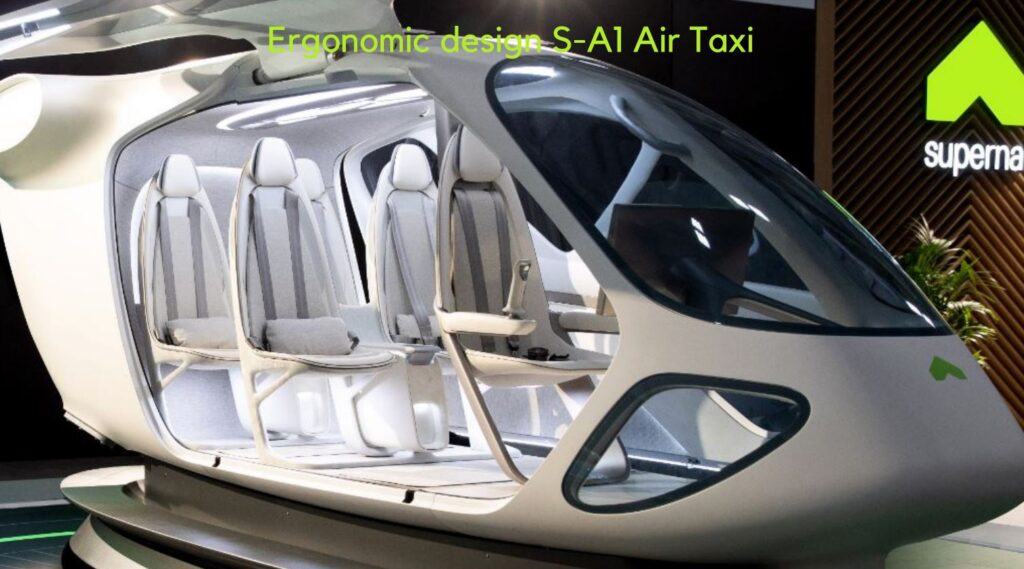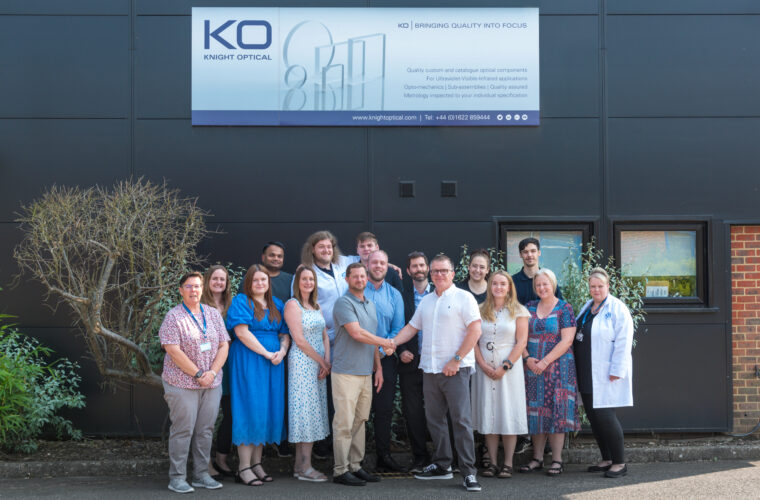In the past, some futuristic movies have given us a glimpse of the future where there would be flying cars. Today, it is increasingly realized that the construction and launch of a flying car can become a reality since it is in the plans of many companies.
So, at the CES (technology show) in Las Vegas, Hyundai and Uber announced their cooperation. The company will provide the infrastructure, and Hyundai will build the flying taxi. This particular approach is inspired by NASA processes, according to which design prototypes are released to the public so that specialized companies can develop their proposal and technology.
In related news, Supernal, Hyundai’s company that develops autonomous, electric flying vehicles, on the sidelines of the International Air Show in Farnborough, England, presented a prototype of the interior of its future eVTOL (Electric vertical take-off and landing) vehicles that will begin their commercial journey from 2028.
The company announced its collaboration with Rolls-Royce to develop electric propulsion and hydrogen fuel cell technologies for the former’s flying vehicles. In 2025 the Korean company will present an electric city aircraft with fuel cells.
Using eVTOL
eVTOLs are aircraft with electric propulsion systems capable of vertical take-off and landing without requiring the existence of a runway. They can transport up to six passengers with zero emissions, minimal noise levels and a cost per kilometre comparable to a conventional taxi.
These aircraft have been designed to operate in urban centres – until now inaccessible to traditional means of air transport -allowing the seamless, efficient and high-speed transport of passengers in a sustainable, environmentally and economically optimal way.
The eVTOLs will be served by vertical take-off and landing stations called Vertiports. Vertiport stations are designed to be located in urban centres in available open spaces or suitably configured building roofs.

lying taxi description
The flying taxi presented in Las Vegas by Hyundai has seats for four passengers and, for safety reasons, as can be seen in the photos, several rotors. It has the ability to take off and land vertically, can fly at the height of 300 to 600 meters at speeds of up to 290 km/h and cover distances of up to 100 km.
Design
The boat’s designers were inspired by butterflies and tried to give it the same beauty and grace in appearance and movements. The boat’s cabin and ergonomic seats are made of recycled plastics, vegetable leather and selected wood. In this way, the cabin has a particularly low weight. In the cabin, there will be space for passengers’ luggage and personal belongings and the possibility to charge electronic devices.
In the cabin ceiling is integrated special lighting that adjusts according to the external lighting, creating a “photo-therapy” environment for the passengers, as claimed by the ship’s designers.
In terms of materials, a large part is made of carbon fiber to keep the weight as low as possible. We also find advanced recyclable thermoplastics, durable plant-based leather, recycled plastic fabrics and wood.
The critical roles of UAM, PBV and Hub
The creation of urban centres brought the era of commuting with all its problems and difficulties, led to Hyundai’s exploration of future urban transport by integrating the idea of the electric PAV (Personal Air Vehicle) with new ground transport, the concept of Purpose-Built Vehicle (PBV).
Hyundai’s vision of creating communities from future transportation systems comes into focus with another new infrastructure concept called the Hub. When multiple PBVs and PAVs are connected and connected to a Hub, they create a new public space where different groups of people can meet.
Hyundai Motor’s innovative, intelligent mobility solutions include UAM, PBV, and Hub, as showcased at Hyundai’s CES booth at the Las Vegas Convention Center North Hall.
With UAM, we have a practical convenience in flying vehicles because there is no need for a runway to land and take off. In this way, traffic congestion is avoided, which is a critical factor of innovation in transport.



